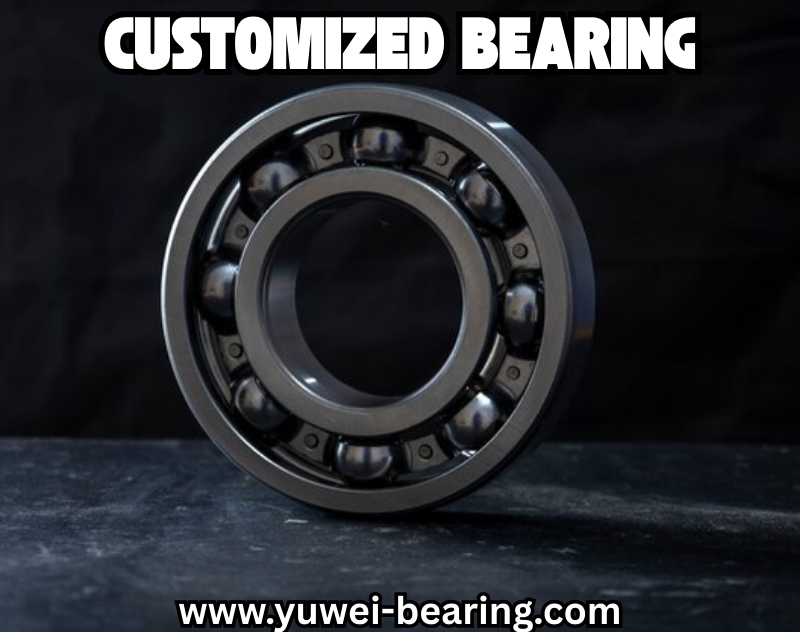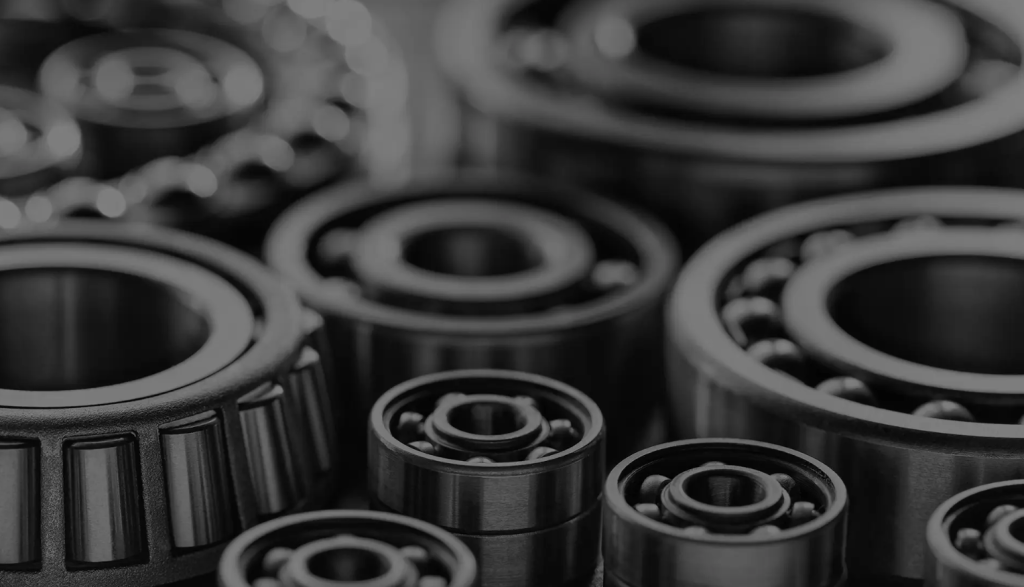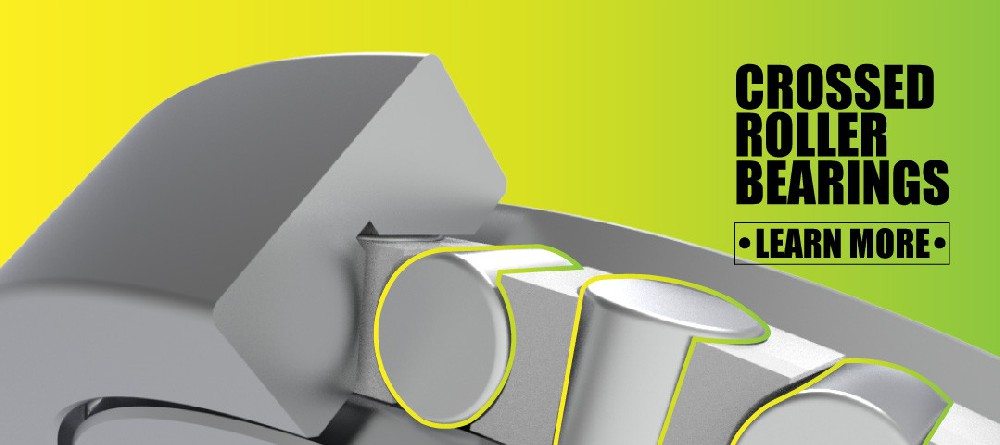Every machine, from the simplest tool to the most advanced industrial system, relies on bearings to keep moving parts aligned, reduce friction, and extend equipment life. Bearings may seem like small components, but they often determine whether a machine runs smoothly or fails under pressure. In most situations, manufacturers use standard bearings because they are widely available, cost-effective, and designed according to established industry dimensions. However, when operating conditions are unusual—such as extreme speed, heavy loads, corrosive environments, or space limitations—standard bearings may not be enough.
This is where a customized bearing comes in. Unlike mass-produced bearings, customized bearing are designed to fit the exact needs of a machine or application. They can be adapted in size, material, load capacity, and sealing options, giving businesses the performance and reliability that standard bearings cannot always provide.
Customized bearing what it is and how it differs from standard bearings

In this guide we will explain what a customized bearing is, how it differs from standard bearings, and why businesses across industries are increasingly choosing custom solutions.
What Is a Customized Bearing?
A customized-bearing is a bearing specifically designed to meet the performance needs of a unique machine, system, or application. Unlike standard bearings, which come in pre-set sizes and specifications, customized bearing are engineered to fit precise operating requirements. Visit here!
They can be tailored in several ways:
- Size and shape – created to match non-standard dimensions where a normal bearing won’t fit.
- Materials – designed using stainless steel, ceramic, polymer, or hybrid materials for specific conditions such as high temperature, moisture, or corrosion.
- Load capacity – engineered to withstand heavier loads or to operate smoothly under very light loads.
- Sealing options – developed with seals to resist dust, water, or chemicals in challenging environments.
- Speed requirements – optimized for high-speed or low-speed applications depending on the machine.
The main goal of a customized-bearing is to provide reliability and efficiency in environments where a standard product would fail or wear out quickly.
What Is a Standard Bearing?
A standard bearing is a mass-produced bearing built according to industry standards such as ISO, DIN, or ABEC. These bearings are widely available, cost-effective, and manufactured for general-purpose use. They work well in common applications where no special conditions are present.
Standard bearings are typically made from high-quality steel and come in types such as:
- Ball bearings – for handling both radial and axial loads.
- Roller bearings – for heavier radial loads.
- Thrust bearings – for applications with primarily axial loads.
- Needle bearings – for compact designs with limited space.
The strength of standard bearings is availability and affordability. However, they are not always suitable when equipment requires non-standard performance, higher durability, or operation in extreme environments.
Key Differences Between Customized-Bearing and Standard Bearing
The differences between a customized bearing and a standard bearing lie in flexibility, cost, and performance.
- Design Flexibility
- Standard bearings are produced in fixed sizes and shapes.
- Customized-bearing are built around the machine’s exact needs.
- Material Choices
- Standard bearings usually use carbon steel or chrome steel.
- Customized-bearing can include stainless steel, ceramics, polymers, or hybrids.
- Load and Speed Capabilities
- Standard bearings handle normal operating speeds and loads.
- Customized-bearing are designed for either very high loads, very light loads, or high rotational speeds.
- Sealing and Protection
- Standard bearings may come with basic seals.
- Customized bearing include sealing against dust, chemicals, or water as needed.
- Cost Considerations
- Standard bearings have a lower upfront price.
- Customized-bearing may cost more initially but reduce long-term failures, replacements, and downtime.
Why Businesses Choose Customized Bearing
Companies opt for customized-bearing when standard solutions don’t provide reliability or efficiency. The main reasons include:
- Better reliability – Custom design ensures the bearing matches real operating conditions, reducing premature failures.
- Lower maintenance – Customized bearing last longer, which reduces replacement and maintenance costs.
- Improved productivity – Smooth-running machines with custom bearings minimize breakdowns and downtime.
- Flexibility for innovation – Engineers can design new equipment without being limited by standard sizes.
- Total cost efficiency – Even with higher initial cost, customized-bearing often save money over the lifecycle of equipment.
Businesses see value in customized-bearing not only for performance but also for ensuring operational stability and efficiency.
When to Consider Customized Bearing Instead of Standard

A customized bearing should be considered in certain situations where performance matters most:
- High-speed applications – Standard bearings may overheat; custom bearings handle the speed better.
- Heavy-load equipment – Machines with extreme weight or stress need special bearing strength.
- Corrosive or wet environments – Food, beverage, chemical, and marine industries need corrosion-resistant materials.
- Cleanroom or sterile environments – Medical and electronic manufacturing requires low-contamination designs.
- Space limitations – Custom dimensions are essential when machines have tight housing areas.
- Frequent failures with standard bearings – Consistent breakdowns signal the need for a tailored solution.
If equipment consistently suffers from downtime caused by bearings, switching to customized-bearing can prevent recurring problems.
Practical Examples of Customized Bearing in Use
While standard bearings work well in general equipment, customized-bearing are essential for specialized industries:
- Aerospace – Bearings that withstand temperature shifts, pressure differences, and reliability requirements.
- Robotics – Small, precise, and low-noise bearings that fit compact designs.
- Medical devices – Corrosion-resistant and sterile bearings suitable for sensitive equipment.
- Food processing – Bearings built with FDA-approved materials and washdown resistance.
- Automotive and EVs – Bearings designed for efficiency, reduced friction, and extended battery life.
These examples highlight industries where machine demands exceed the capacity of standard bearings, making customization the only practical option.
Data Insights The Shift Toward Customized Bearing
The demand for customized-bearing is increasing rapidly due to industry changes:
- The global bearing market is projected to exceed USD 200 billion by 2032, with customized solutions becoming a larger share of growth.
- More than 35% of industrial companies that adopted customized-bearing reported a noticeable drop in downtime and failures within one year.
- In the automotive industry, custom bearing demand is increasing by 20% annually due to electric vehicle requirements.
- Sectors like aerospace and robotics are seeing double-digit growth rates in requests for specialized bearings.
This trend shows that businesses are no longer relying only on standard solutions. The focus is shifting toward customization to improve efficiency and adapt to modern technology.
Comparison Table Customized Bearing vs Standard Bearing
| Feature | Standard Bearing | Customized-Bearing |
|---|---|---|
| Dimensions | Fixed industry sizes | Flexible, built to requirement |
| Materials | Carbon steel, chrome steel | Stainless, ceramic, hybrid, polymer |
| Initial Cost | Lower upfront cost | Higher upfront cost |
| Lifecycle Cost | Higher due to frequent replacement | Lower due to extended lifespan |
| Application Fit | General-purpose use | Tailored to specific machines |
| Maintenance Requirement | More frequent | Less frequent |
Common Questions About Customized Bearing
Q1. Is a customized-bearing always more expensive?
Not always. While the starting cost may be higher, reduced downtime and longer life often make them more cost-efficient over time.
Q2. Can small companies afford customized-bearing?
Yes. Customized-bearing are used not only by large corporations but also by smaller manufacturers facing recurring bearing issues.
Q3. How long does it take to design a customized-bearing?
Production depends on complexity. Most suppliers deliver within a few weeks to a few months.
Q4. Are customized-bearing difficult to maintain?
No. In many cases, customized bearing require less maintenance since they are built to withstand specific working conditions.
Q5. Do customized-bearing replace standard ones directly?
Sometimes they do, if designed to the same size. In other cases, they are unique parts made for one machine.

Conclusion
Choosing between a standard bearing and a customized bearing comes down to the needs of the application. Standard bearings remain the right choice for general machinery where performance requirements are predictable and operating conditions are not demanding. They are cost-effective, easy to source, and sufficient for everyday use. However, when machines face challenges such as extreme temperatures, high rotational speeds, heavy loads, or strict cleanliness requirements, standard bearings often reach their limits.
A customized bearing solves this by offering tailored solutions that fit the exact dimensions, materials, and operating conditions of the equipment. While the upfront investment may be higher, the long-term benefits include reduced downtime, lower maintenance, and improved productivity. For industries where precision, safety, and reliability matter most, customized-bearing are no longer optional—they are essential.
By understanding the differences and evaluating when customization is needed, businesses can ensure their equipment runs more efficiently, lasts longer, and delivers better value.

